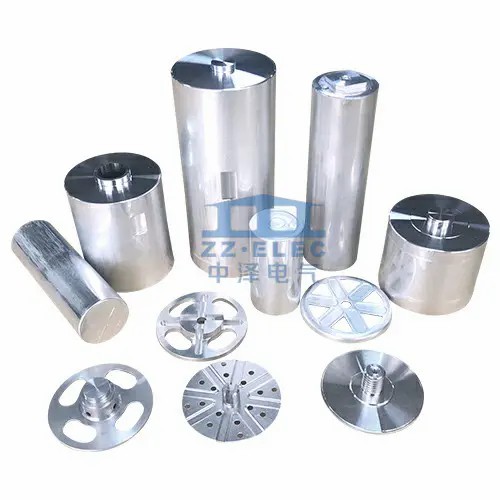Whether it is a plug-in or a patch-type installation process, the
capacitor itself is upright on the PCB. The fundamental difference is that the capacitor installed by the patch process has a black rubber base. The advantage of the SMD type is mainly in the production aspect. It has a high degree of automation and high precision and is not as easily damaged during transportation as the plug-in type. However, the SMD process installation requires a wave soldering process, and the performance of the capacitor may be affected after high temperatures, especially the capacitor whose cathode uses an electrolyte, and the electrolyte may dry up after high temperatures. The installation cost of the plug-in process is low, so the performance of the chip capacitor itself can be better at the same cost.

In terms of performance, vertical capacitors are less adaptable to frequency, but it is difficult to show the difference at frequencies less than 500MHz. There are also good products using plug-in-mounted capacitors. For example, some of CHEMICON's PS series uses plug-in type.
The main function of the chip capacitor is to remove the crosstalk of various high-frequency signals generated by the chip itself to other chips so that each chip module can work normally without interference. In the high-frequency electronic oscillation circuit, the chip capacitor the crystal oscillator, and other components together form an oscillation circuit to provide the required clock frequency for various circuits.
Chip capacitors include chip ceramic capacitors, chip tantalum capacitors, and chip aluminum electrolytic capacitors. SMD ceramic capacitors are non-polar and have a small capacity (PF grade), generally can withstand high temperatures and voltage, and are often used for high-frequency filtering. Ceramic capacitors look a bit like chip resistors (so sometimes we call them "chip capacitors"), but there are no numbers on-chip capacitors that represent the size of the capacitance. SMD tantalum capacitors are characterized by long life, high-temperature resistance, high accuracy, and high-frequency filtering performance. It is used in small-capacity low-frequency filter circuits.
Compared with ceramic capacitors, chip tantalum capacitors have capacitance and withstand voltage marks on the surface, and their surface colors are usually yellow and black. For example, 100-16 means the capacity is 100μF and the withstand voltage is 16V. SMD aluminum electrolytic capacitors have a larger capacity than SMD tantalum capacitors. They are more common in graphics cards, with a capacity between 300μF and 1500μF. They are mainly used to filter and stabilize current at low frequencies.
